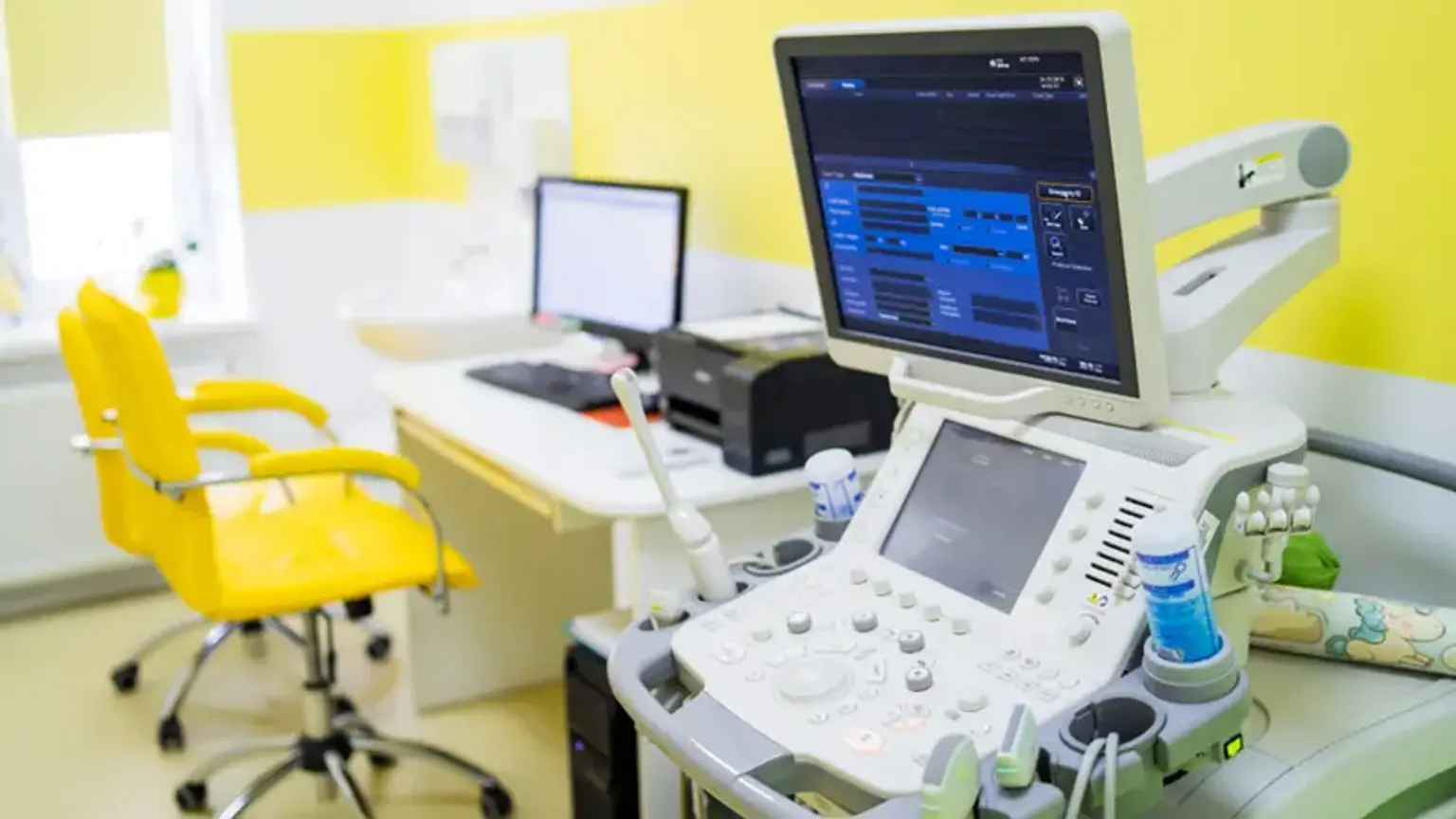Myocardial Perfusion Scintigraphy
Coronary heart disease (CHD) is a leading cause of death and morbidity in Europe, and its treatment takes up a significant percentage of national healthcare resources. New imaging technologies have increased immediate investigation expenses, but they also have the potential to lower overall costs due to their increased diagnostic and prognostic accuracy. This allows for a more informed therapeutic selection, which can result in an improved clinical outcome.
Myocardial perfusion scintigraphy (MPS) is a well-established imaging technology that is already used in the management of coronary artery disease (CAD) and is recommended by several professional organizations. Its most important uses are in the diagnosis of coronary artery disease, prognosis, revascularization selection, and evaluation of acute coronary syndromes (ACS), and it is especially useful in certain patient subgroups.
